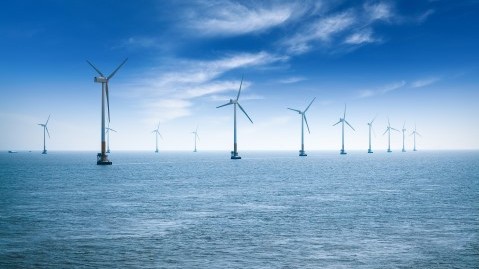
In a statement, IRENA said that whilst the full impact of supply constraints and increasing commodity prices on project costs is yet to be seen, electricity costs from onshore wind were down by 15%, offshore wind by 13%, and solar photovoltaic by 13% in 2021, compared to the previous year.
It added that almost two-thirds of the 163 gigawatts (GW) of renewable power installed in 2021 had lower costs than the cheapest coal-fired option in the G20, a multilateral platform established to connect major developed and emerging economies for economic growth.
“Renewables are by far the cheapest form of power today,” said IRENA Director-General Francesco La Camera.
“2022 is a stark example of just how economically viable new renewable power generation has become. Renewable power frees economies from volatile fossil fuel prices and imports, curbs energy costs and enhances market resilience – even more so if today’s energy crunch continues,” he added.
The agency added that 109GW of renewable energy additions in 2021 in countries that are not part of the Organisation for Economic Co-operation and Development cost less than the cheapest new fossil fuel-fired option. These will also reduce costs by at least $5.6b annually for the next 25 to 3 years.
IRENA added that the high prices of coal and gas in 2021 and 2022 will “profoundly deteriorate the competitiveness of fossil fuels and make solar and wind even more attractive.”